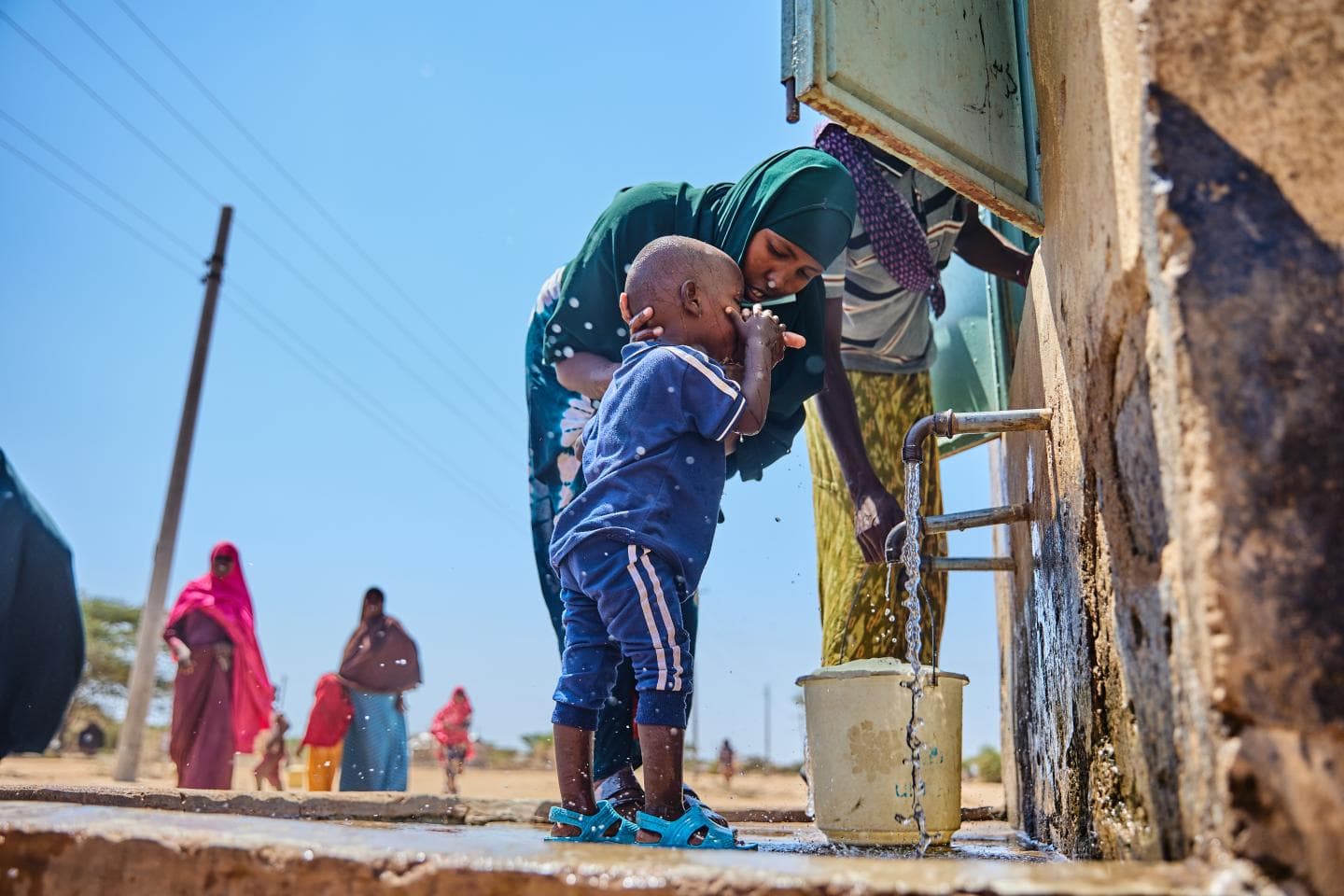Loading News Article...
We're loading the full news article for you. This includes the article content, images, author information, and related articles.
We're loading the full news article for you. This includes the article content, images, author information, and related articles.
Official data suggests a drop in reported child abuse cases, yet frontline organizations and economic hardship paint a grim picture of rising vulnerability, raising critical questions about the true state of child welfare in Kenya.

NAIROBI – Kenya is facing a profound child protection paradox. On Tuesday, November 25, 2025 (EAT), as the nation grapples with persistent economic pressures and the aftermath of devastating floods, official statistics and on-the-ground realities present a conflicting narrative on the safety of its children. While government data from the Kenya National Bureau of Statistics (KNBS) indicated a 10.8% decrease in reported child protection cases in 2024, frontline organizations, legal experts, and recent socio-economic trends suggest a deepening crisis of child abuse, neglect, and exploitation that official numbers may be failing to capture.
According to a May 2025 report on the KNBS Economic Survey, the total number of child protection cases reported to the Department of Children Services fell to 169,300 in 2024. However, this official decline is starkly contrasted by reports from organizations like Childline Kenya, which have noted an increase in calls to their hotline, and a November 2025 report by the National Council on the Administration of Justice (NCAJ) that highlighted systemic failures, low funding, and slow response times leaving children exposed. This discrepancy suggests a potential rise in underreporting, as families, particularly in impoverished areas, lose faith in the justice system or are compelled to handle matters outside official channels.
The escalating cost of living, compounded by government tax reforms and inflation throughout 2024, has placed immense strain on Kenyan households, directly impacting child welfare. A 2024-2025 report by the Freedom Fund noted that rising unemployment has left many families struggling to meet basic needs, leading to a reported increase in cases of wage exploitation, abuse, and trafficking of child domestic workers. This economic distress was severely exacerbated by the catastrophic floods of March-May 2024. The floods displaced over 290,000 people, including 140,738 children, and destroyed over 5,200 schools, disrupting education for nearly 2 million learners. In the aftermath, organizations like Save the Children reported a surge in child labour and neglect in affected communities, particularly Nairobi's informal settlements, as families struggled to survive. Irene Wali, a child protection specialist at Save The Children, noted in February 2025 that many children did not return to school as their families' livelihoods were swept away.
Kenya has a robust legal framework designed to protect children, anchored by the progressive Children Act of 2022. This legislation provides for a devolved structure for child care and established a Child Welfare Fund. In a show of commitment, the government increased the child protection sub-sector budget by 3.7% for the 2024/2025 fiscal year, according to a UNICEF Kenya 2024 Annual Report. Further analysis by UNICEF noted an 11% increase in the child protection budget for the same period, which included funds for hiring 50 additional social service workers.
However, critics argue these allocations are a drop in the ocean. A June 2025 report highlighted that less than 1% of the national budget is dedicated to child protection programs, with many counties allocating minimal to no resources for these services. This chronic underfunding cripples the implementation of the Children Act, leaving child protection systems overstretched and heavily reliant on donor funding. In a July 2025 article, Rehema Jaldesa, Chairperson of the National Gender and Equality Commission, stated, “Budget lines may exist, but the actual allocation and expenditure on child-focused programmes remain insufficient. It's not enough to plan—we must finance, implement, and monitor.”
Speaking at a care reform session on October 2, 2025, Cabinet Secretary for Gender, Culture and Children Services, Ms. Hannah Wendot Cheptumo, reiterated the government's commitment, stating care reform was “a movement and not a project.” Principal Secretary CPA Carren Agengo affirmed that the proposed Child Welfare Fund, with a seed allocation of KES 2 billion, is expected to directly benefit over 500,000 children. Yet, the challenge of translating these high-level commitments into tangible, grassroots-level protection remains immense.
Within East Africa, Kenya's situation is nuanced. A 2025 Afrobarometer report comparing Kenya, Uganda, and Tanzania found that Kenyans were less likely than Ugandans to report child abuse as a frequent problem in their community (22% vs. 43%). However, fewer than half of Kenyans (49%) approved of the government's performance in protecting vulnerable children, indicating significant public concern. The entire region suffers from critically low investment in child protection, with a June 2025 UNICEF report noting that less than 0.2% of national budgets in surveyed African countries are allocated to these services.
The way forward requires addressing the disconnect between official data and the lived reality of children. This involves not only increasing and ring-fencing funding for child protection services but also rebuilding community trust in the justice system to combat underreporting. As highlighted in a July 2025 Mombasa High Court ruling that reinstated a child defilement case, judicial vigilance is crucial to ensure children's rights are upheld against procedural delays. Ultimately, protecting Kenya's children from abuse and neglect demands a multi-faceted approach that confronts the root causes of vulnerability—poverty, economic instability, and the increasing threat of climate-related disasters—while ensuring that the laws and funds designed to protect them are robustly and effectively implemented.